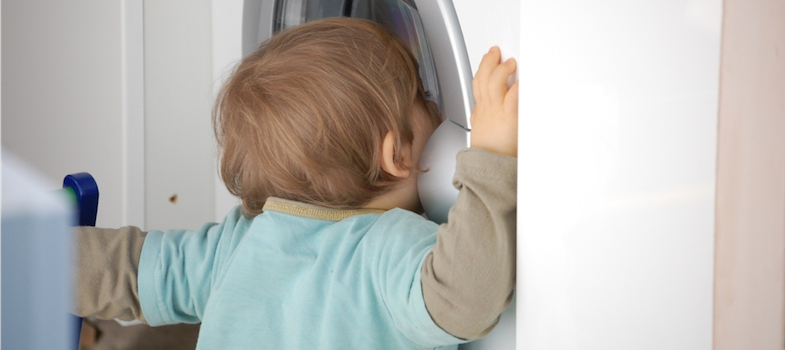Theoretical underpinnings for In-the-Picture
This final section of the course discusses the theoretical ideas and concepts that underpin In-the-Picture. It has a slightly more academic feel to it as a result. However it is important to engage with the thinking that has informed the approach because it helps develop understanding of your practice.
In-the-Picture draws from a socio-cultural perspective which views children’s learning as an ongoing process of participation and collaboration within their families and community. Importantly from a socio-cultural viewpoint, children are seen as more than passive recipients of learning experiences . They are viewed as having an influence on those around them and so act as co-contributors in the production of their surrounding culture (Rogoff, 2003; Corsaro, 2005).
A socio-cultural view therefore emphasises the idea of children’s agency, acknowledging their capacity:
- as competent learners from birth (Waller 2010)
- to understand and influence their surrounding world (Waller 2010)
- to make their own decisions and choices
- to make their own meaning of situations and relationships
- to participate and make social connections from the start (Corsaro 2005)
- to play a part in the lives of other people (James 2011)
- to support the development and learning of those around them
The increasing recognition of children as competent individuals has highlighted the importance of listening to their unique perspectives and views on their own situations and experiences (Clark 2017, Sandberg 2017). Such recognition includes all children irrespective of age or ways of communication which means that very young children with learning difficulties or disabilities are regarded as being as active in decision-making and choice-taking as their peers (Nind, Flewitt and Payler, 2010).
To engage with the views of all children, however young and however they express themselves, requires attention to their diverse and intricate efforts to communicate (Pascall and Bertrand 2009, Brooker, 2011, Payler et al 2016). Researchers have found that they have had to adapt the tools they have used to listen in order to accommodate the complexity of children’s communication ( Gray and Winter, 2011; Merewhether and Fleet, 2014). Such adaptations require creativity and a commitment to ‘provide a context in which the experiences of individuals from seldom heard groups are given status’ (Clark 2017, p.19).
In-the-Picture is an approach that is underpinned by such a commitment. As a multi- modal listening approach it has been developed by researchers at the Open University to respond to the challenges of engaging with the experiences and perspectives of very young children with communication or learning difficulties (Paige-Smith and Rix, 2011). Multi-modal means that it involves using a range of tools to tune into the different modes of communication that young children use in addition to the spoken word: gestures and actions; sounds and vocalisations; physical movement and body language.
To date In-the-Picture has been used mainly by researchers to investigate interactions and learning between young children, practitioners and the children’s parents in home (Paige-Smith and Rix 2011, Rix and Matthews 2014) and early childhood settings (Parry 2014, 2015). However, practitioners involved in past research have often expressed an interest in using the tool themselves (Parry 2015). The recent focus for the development of the approach has therefore been to disseminate and support its use in everyday practice (Rix and Parry, 2019).
